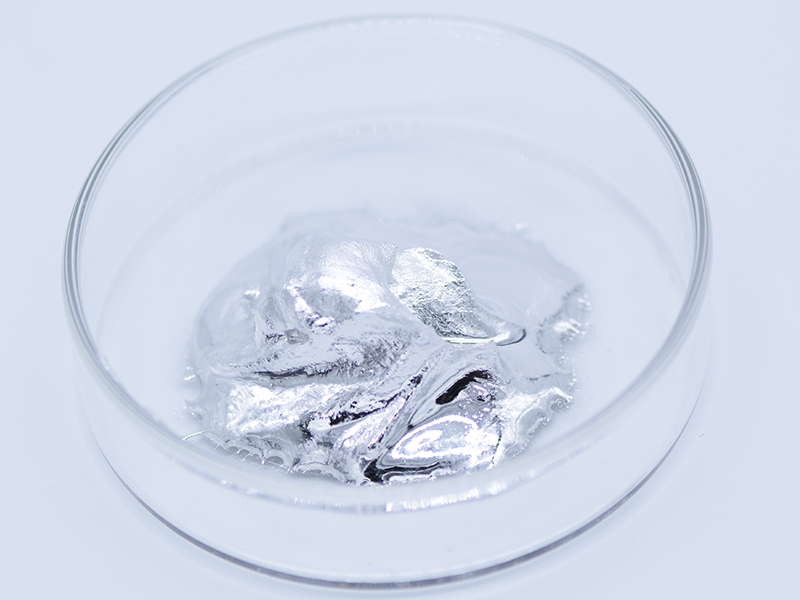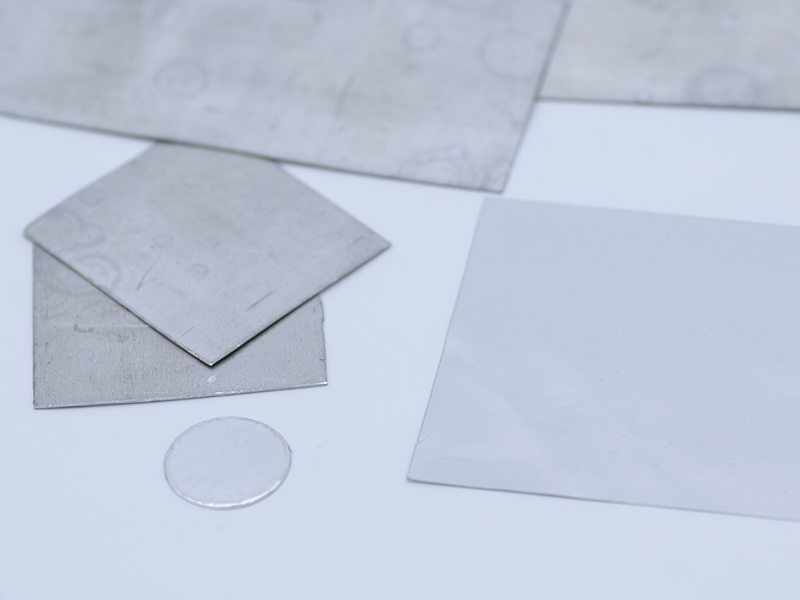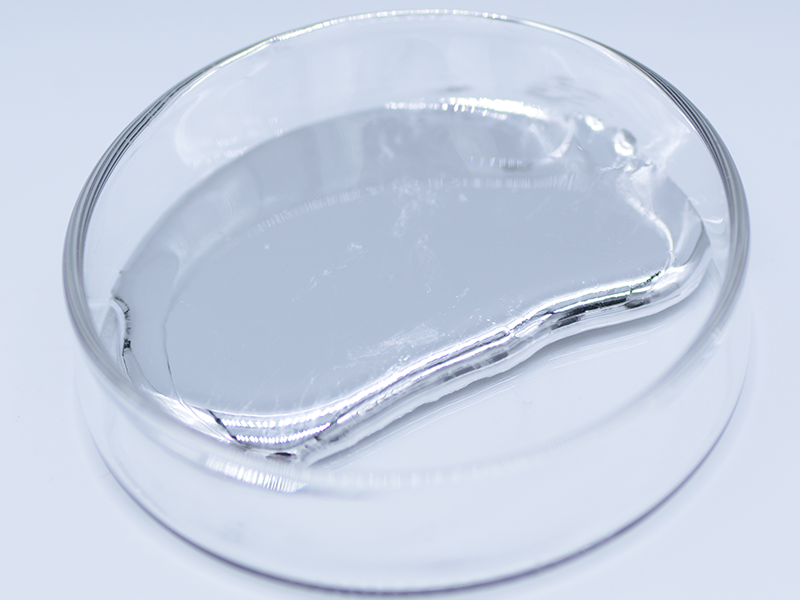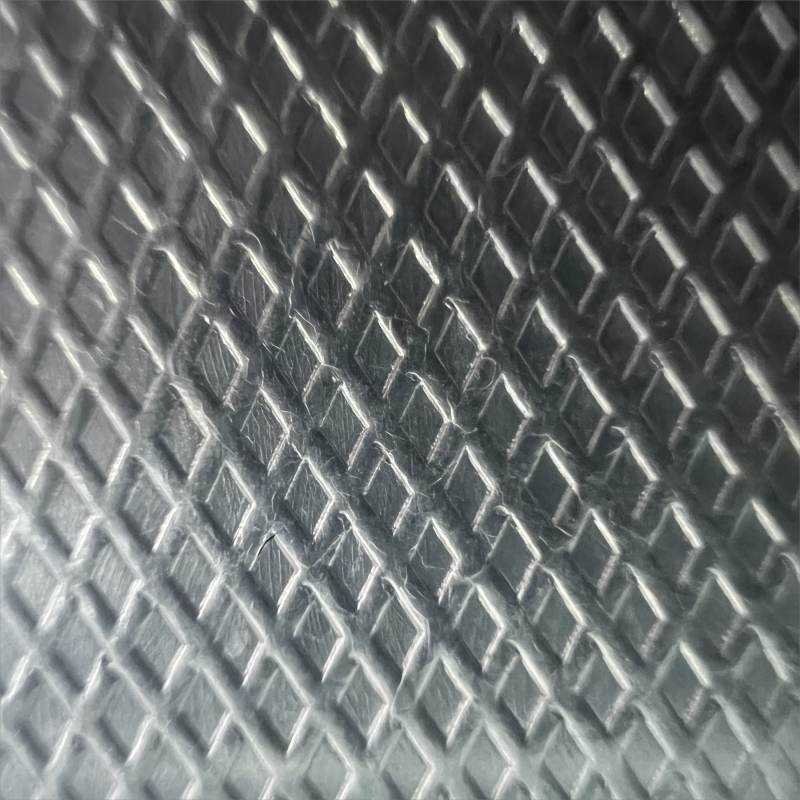November 1, 2003 Daniel Blazej, Ph.D.Articles, Design, Materials, Compounds, Adhesives, Substrates, TIMsThermal Interface Materials, TIM
It doesn’t take long for an electronics assembler to realize that a thermal interface material (TIM) is essential when two or more solid surfaces are in the heat path. Standard machined surfaces are rough and wavy, leading to relatively few actual contact points between surfaces. The insulating air gaps created by multiple voids of “contacting” hard surfaces are simply too large a thermal barrier for even modest power applications. The first tactic in overcoming this barrier is to fill the voids and eliminate air by introducing a third material to the heat path that is fluidic and wets the surfaces. For more demanding thermal applications, the second tactic is to use a composite TIM containing fillers that enhance the conduction process of the third material. Yovanovich et al. have calculated that simply replacing air with grease can reduce the thermal resistance by a factor of five or so (depending on the surfaces and contact pressure). As shown in Figure 1, a thermal interface material essentially changes the thermal path between rough-surfaced solids from conduction through point contacts and air to conduction entirely through solids.
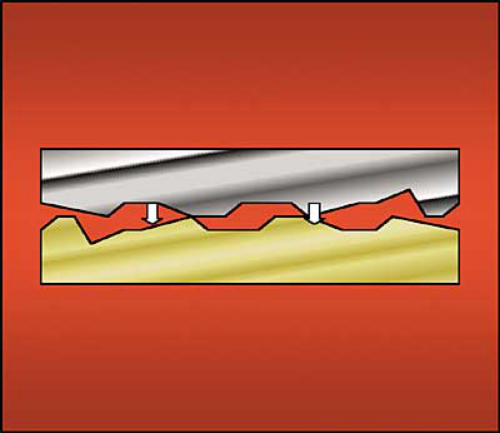
Figure 1a. Conduction through point contacts and air between hard surfaces.
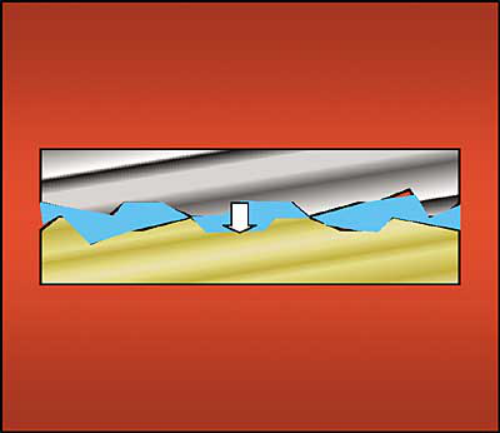
Figure 1b. Conduction through TIM filling gaps.
An important property of any TIM is its thermal conductivity, kTIM. Unfilled polymers have a thermal conductivity of about 0.1 W/mK. All modern TIMs are composites containing particulate fillers that push thermal conductivity up to the 7 W/mK range. Inorganic particulate fillers include aluminum oxide, magnesium oxide, aluminum nitride, boron nitride, and diamond powder. Metal fillers, notably silver, are also used. Unfortunately, high thermal conductivity alone is not enough to guarantee optimal system performance, as we will show later. In the descriptions of specific material classes, we will characterize performance with thermal resistance (normalized to a unit area on one square cm) that has units Kcm2/W, obtained from a one-dimensional heat flow calculation. In this way, we can account for the interfacial thickness. The specific value in any given application is highly dependent on the contact surfaces and pressures applied. Nevertheless, the ranges provided are representative of each material class. (Note: Many suppliers report resistance values in the mixed unit of Kin2/W. These need to be multiplied by 6.45 to match the units in this paper.)
In addition to thermal performance, TIMs are selected on several other critical criteria as well. Ease of use in assembly and rework are important in high-end applications, as is long-term stability (reliability). The manufacturing process flow often dictates the material selection. In many cases, for example, the TIM is attached to a heat sink in one location while final module assembly occurs in another. Elastomeric pads were developed as an alternative to early grease solutions, largely for the manufacturing advantages they offered. Phase change materials emerged as a technology that captured the thermal performance advantage of grease and combined it with the assembly ease of a solid pad. Often overlooked in the TIM selection process are adhesives and solders. Both offer the unique advantage of secure mechanical bonding, eliminating the need for clamping hardware that the greases, pads, and phase change materials require.

